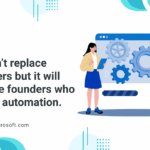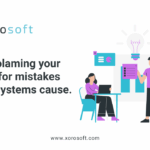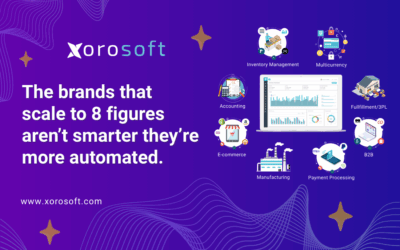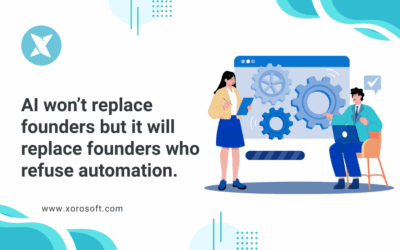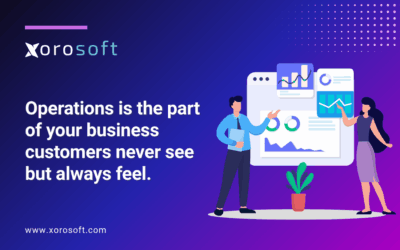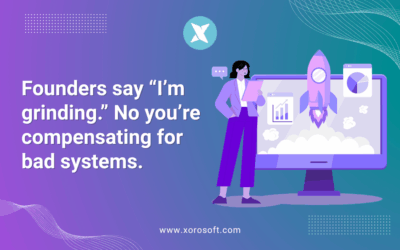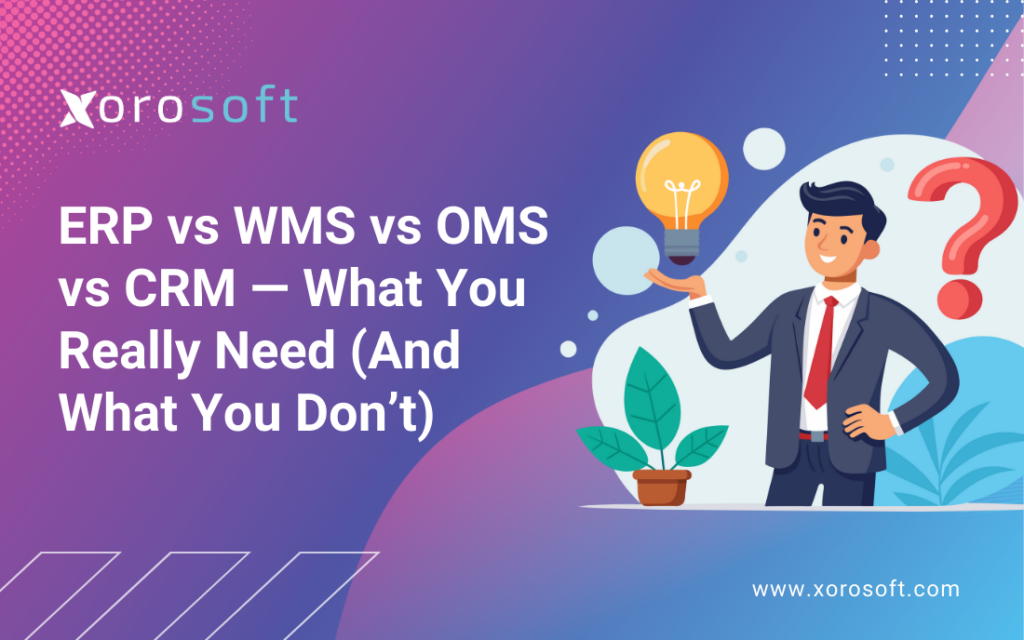
Why the ERP vs WMS Debate Feels So Overwhelming
If you’re scaling a business, you’ve probably wrestled with the ERP vs WMS vs OMS vs CRM debate. One vendor tells you to buy a WMS. Another insists you need an OMS. A consultant swears a CRM will fix everything. Meanwhile, your finance team pushes for ERP.
It’s exhausting. Instead of clarity, you’re left with a pile of acronyms and a bigger headache. And if you choose wrong, the cost isn’t just wasted spend. It’s more silos, more chaos, and even less visibility.
ERP vs WMS vs OMS vs CRM: Why Too Many Systems Break Down
Most businesses don’t struggle because they lack software. They struggle because their software doesn’t connect.
For example, your CRM stores customer data but doesn’t know what’s in stock. Your WMS tracks bins and shelves but ignores accounting. Your OMS routes orders but doesn’t reconcile with procurement. And your ERP? If it’s legacy, it takes months to implement and still doesn’t deliver real-time visibility.
As a result, your warehouse manager feels stressed. Your ops team works blind. Your finance team ends up buried in spreadsheets. And worst of all, your customers see the delays.
Disconnected systems don’t just create inefficiency. They create operational chaos that ripples across every department.
This endless ERP vs WMS vs OMS vs CRM tug-of-war forces teams to waste energy reconciling instead of executing.
Why Businesses Keep Falling Into the Same Trap
This cycle happens because companies buy software reactively.
-
Sales team struggling? Buy a CRM.
-
Inventory errors piling up? Add a WMS.
-
Orders slipping through cracks? Patch it with an OMS.
Each purchase solves one short-term pain but introduces another long-term problem: more logins, more integrations, and more messy data to reconcile.
Without a single system of record, leadership never has one reliable source of truth. And without real-time visibility, you’re always reacting instead of anticipating.
How Unified ERP Changes the Game
The real question isn’t whether you need ERP, WMS, OMS, or CRM. The real question is: how do you stop juggling them?
The smarter path isn’t adding yet another acronym. It’s unifying the systems you already rely on. Instead of five tools that only talk through fragile integrations, you use one platform where inventory, orders, customers, warehouses, and financials live together.
With a unified ERP approach:
-
Your sales team sees stock levels before making promises.
-
Your warehouse team receives incoming orders without messy spreadsheets.
-
Your finance team gets automatic reconciliation instead of month-end surprises.
-
Leadership finally sees the big picture across channels, currencies, and locations.
In short, clarity replaces confusion.
Why Xorosoft ERP Stands Out From the Rest
This is where Xorosoft ERP makes the difference. It isn’t another tool to add to the pile. It’s the system that replaces the pile.
-
Cloud-native and fast to deploy → Unlike legacy ERPs, Xorosoft doesn’t take months of consulting to get live.
-
Built-in WMS → Not a bolt-on. Xorosoft includes full warehouse management by default.
-
Unified order and inventory management → Orders from Shopify, Amazon, or wholesale channels sync instantly with accounting and warehouse operations.
-
Real-time visibility → One source of truth across procurement, fulfillment, and financials.
-
Automation across your stack → With hundreds of API integrations, you can connect shipping, 3PLs, EDI, and more.
-
Recognized by users → Ranked #1 in Ease of Use on G2, Xorosoft proves ERP doesn’t have to be clunky.
Instead of debating ERP vs WMS vs OMS vs CRM, Xorosoft shows what happens when you unify them into one modern platform.
ERP vs WMS vs OMS vs CRM: What You Can Eliminate
Here’s the truth most vendors won’t admit: you don’t need four different platforms.
-
You don’t need a standalone WMS if your ERP already includes one.
-
You don’t need a separate OMS if orders sync in real time with your ERP.
-
You don’t need endless CRM integrations if your ERP gives sales and service teams instant access to customer and inventory data.
When you strip away the ERP vs WMS vs OMS vs CRM noise, what you really need is one platform that ensures every team works from the same information, in real time.
Why Simplifying Your Stack Unlocks Growth
Fast-scaling businesses don’t win by collecting acronyms. They win by making clarity their operating system.
With Xorosoft ERP, you don’t just get enterprise resource planning. You get a unified backbone that eliminates silos, prevents errors, and gives your team confidence in every decision.
Growth doesn’t have to feel chaotic. It can feel aligned.
👉 Explore XoroONE today—or book a demo and see clarity in action.


